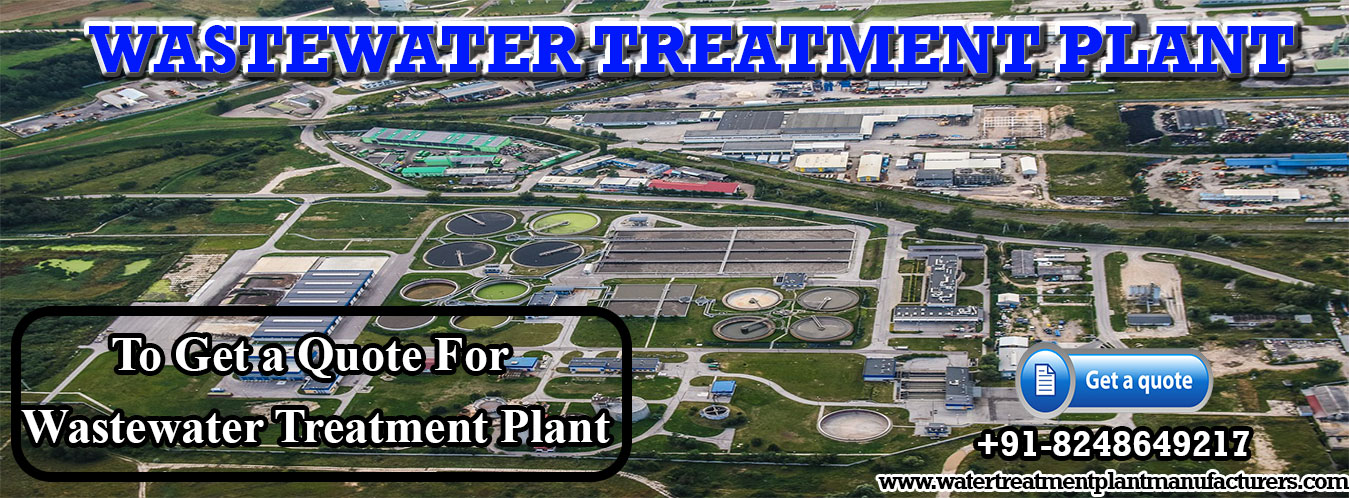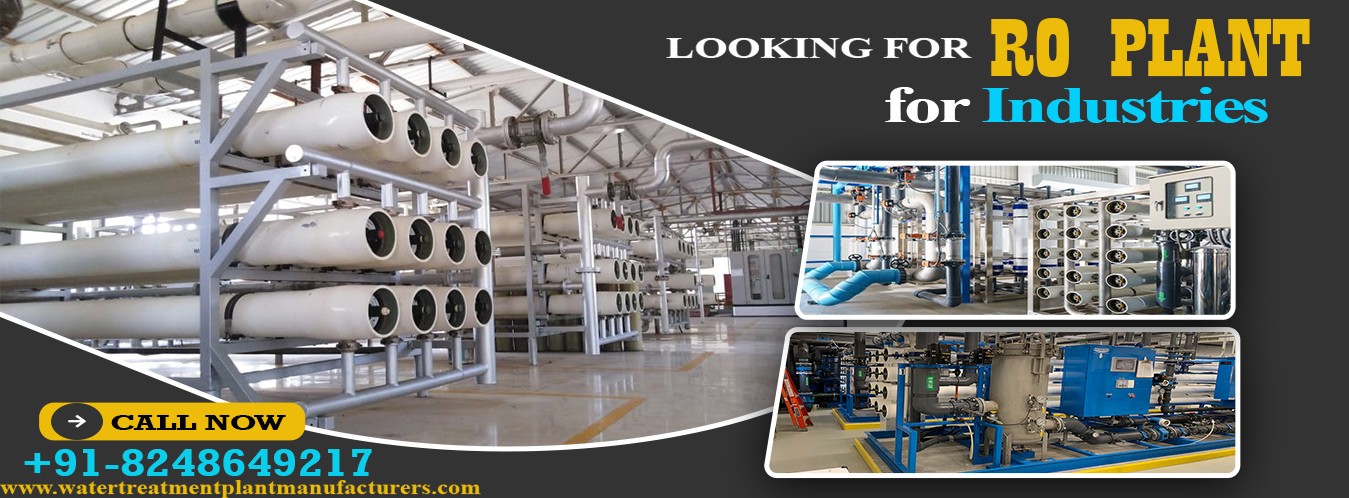
WELCOME
GJ WATER TECHNOLOGIES

WELCOME
GJ WATER TECHNOLOGIES

WELCOME
GJ WATER TECHNOLOGIES

WELCOME
GJ WATER TECHNOLOGIES
Sewage treatment plant manufacturers assume a pivotal part in tending to ecological worries by planning and delivering cutting edge STPs. These companies represent considerable authority in creating systems that effectively treat wastewater, removing pollutants and contaminants to guarantee the protected release of treated water into the environment. Their expertise lies in making vigorous and reasonable solutions that comply with rigid natural guidelines.
STP water treatment plant centres on the purification of sewage and wastewater through cutting edge treatment processes. This specific facility utilizes state of the art advances to remove pollutions and unsafe substances from water, making it appropriate for safe release or reuse. These plants are fundamental in advancing water preservation and relieving the ecological effect of untreated sewage.
Sewage plant construction includes the careful preparation and execution of building structures to house sewage treatment facilities. Construction teams work as a team with engineers and natural specialists to guarantee the execution of plans that expand productivity and ecological supportability. This process is basic in laying out establishing that satisfies the developing need for wastewater treatment.
Industrial sewage treatment plants are custom fitted to address the exceptional difficulties presented by industrial wastewater. Manufacturers of these plants work in making systems that can deal with assorted poisons and pollutants well defined for industrial cycles. This guarantees consistence with natural guidelines while advancing mindful and maintainable industrial practices.
Sewage treatment plant setup includes the installation and commissioning of wastewater treatment facilities. This process requires cautious thought of site-explicit elements, engineering ability, and adherence to administrative guidelines. Legitimate setup guarantees the viable working of the sewage treatment plant as long as possible.
Sewage treatment plant equipment envelops the particular apparatus and advancements utilized in the treatment process. Manufacturers of these equipment center around advancement to foster efficient and solid parts like clarifiers, filters, pumps, and air circulation systems. The quality and usefulness of this equipment are pivotal for the general exhibition of the sewage treatment plant.
STP manufacturers are devoted companies that work in designing, manufacturing, and supplying sewage treatment plants. Their job reaches out past creation to remember aptitude for system integration, guaranteeing that the STPs meet the particular necessities and administrative prerequisites of assorted applications, from civil wastewater treatment to industrial settings.
Sewage treatment plant consultants give important experiences and skill in the preparation and configuration periods of wastewater treatment projects. They collaborate together with clients and designing groups, offering direction on innovation determination, administrative consistence, and by and large project optimization. Their feedback is fundamental for making powerful and supportable sewage treatment solutions.
Sewage treatment plant project contractors are responsible for executing the construction and implementation periods of wastewater treatment projects. These contractors deal with the on-site construction, coordinate with different partners, and guarantee that the project is finished on time and inside budget while fulfilling quality and safety standards.
Sewage treatment plant companies envelop a great many substances engaged with the turn of events, manufacturing, construction, and activity of wastewater treatment facilities. These companies add to ecological sustainability by giving thorough solutions for address the worldwide test of sewage treatment and water purification.
Sewage treatment plant Annual Maintenance Contracts (AMCs) are service arrangements that guarantee the proceeded with ideal execution of treatment facilities. Companies offering AMC services for sewage treatment plants embrace normal inspections, preventive maintenance, and fundamental repairs, expanding the life expectancy of the equipment and limiting personal time.
Operation and Maintenance (O&M) administrations for sewage treatment plants include the everyday management and maintenance of the facility. O&M teams are liable for observing plant execution, leading routine maintenance, and resolving any functional issues. Their proactive methodology guarantees the reliable and effective working of sewage treatment plants over the long run.
A sewage plant manufacturer is a company or organization that specializes in designing, fabricating, and supplying sewage treatment plants and related equipment for wastewater treatment.
Sewage treatment is essential to remove pollutants and contaminants from wastewater before it is released back into the environment. This process helps protect public health and the environment by reducing the risk of waterborne diseases and pollution.
Sewage plant manufacturers typically offer a range of services, including the design, engineering, manufacturing, installation, and maintenance of sewage treatment plants. They may also provide consultation and customization services to meet specific project requirements.
To select the right manufacturer, consider factors such as their experience, reputation, portfolio of past projects, compliance with environmental regulations, and the technology they offer. Additionally, it's important to assess their ability to meet your project's specific needs and budget constraints.
Sewage plant manufacturers may offer various types of treatment plants, including activated sludge systems, sequencing batch reactors (SBRs), extended aeration systems, membrane bioreactors (MBRs), and more. The choice depends on the project's requirements and local regulations.
Yes, many sewage plant manufacturers offer solutions for a wide range of applications, including residential, commercial, and industrial wastewater treatment.
The installation time for a sewage treatment plant can vary significantly based on factors such as the size and complexity of the system, site conditions, and permitting requirements. Typically, it may take several weeks to several months for installation.
While sewage plant manufacturers can assist with the permitting process, it is often the responsibility of the project owner or the engineering consultant to secure the required permits. Manufacturers can provide the necessary documentation and support to facilitate this process.
Sewage plant manufacturers often offer maintenance contracts or services to ensure the ongoing operation and performance of their treatment systems. This may include routine inspections, equipment servicing, and troubleshooting.
To request a quote or consultation, you can typically contact the manufacturer through their website, email, or phone. They will usually ask for project details, including the scale and specifications, to provide you with a customized solution and pricing.
Many sewage plant manufacturers prioritize environmental sustainability in their designs and processes. They aim to create efficient and eco-friendly wastewater treatment solutions that meet or exceed environmental regulations.
Yes, many sewage plant manufacturers provide training programs for plant operators to ensure the proper and efficient operation of their wastewater treatment systems. Training may cover system operation, maintenance, and troubleshooting.
Warranties and support offerings can vary among manufacturers. It's important to inquire about warranty terms and after-sales support when selecting a manufacturer. This information can help ensure the long-term reliability of your sewage treatment plant.
A sewage treatment plant, likewise called a wastewater treatment plant, is an office where an individual's wastewater from their toilets, sinks, and tubs is cleaned. They are an essential piece of the sterilization cycle to guarantee the safety and security of everybody locally. More often than not, sewage treatment plants handle all the wastewater from homes and business foundations in a space.
Sewage the board is very important since, supposing that sewage blends in with groundwater, it will bring about tainting. Wastewater contains contaminants like ammonium, nitrate, nitrogen, and phosphorous. A few infection conveying microorganisms like microbes, infections, protozoa, and parasites are additionally present.
This expects plumbing to be laid to serve two arrangements of storage tanks on the tops of any private/business building. One bunch of storage tanks will be utilized to get and store new water which will move through plumbing laid to take it to restrooms and kitchens where it very well may be utilized for drinking, cooking, washing and bathing.
Treatment of sewage depends on a strategy given ordinarily. At the point when a consistent steady stock of air is pumped into a tank containing sewage which has been screened to eliminate all drifting flotsam and jetsam and non solvent items in sewage, microorganisms which are available in it get enacted. These microorganisms are available in the slime which makes up a significant piece of sewage, and they consume the poisons in the sewage while the air supply rejuvenates them and keeps them alive and multiplying.
The assortment tank gets topped off frequently and big haulers need to come habitually to purge the spilling over tanks. The treated water begins smelling foul promptly after storage for reuse. There is maximum usage of treatment chemicals and electricity, which is improbable assuming the plant, is working appropriately. There is a huge volume of smelling slime delivered from the STP.
